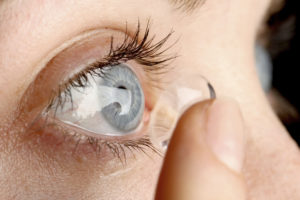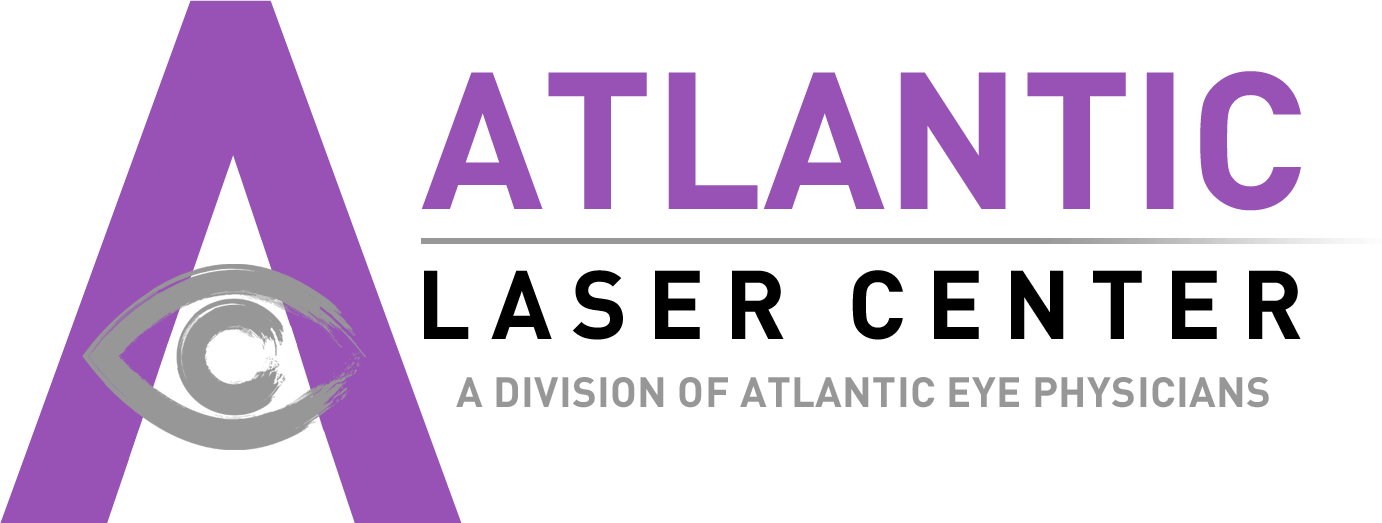Wavefront Optimized LASIK vs. Contact Lenses: Which Is Right for You?
 There are few surgical procedures in the history of medicine that can match LASIK in terms of its profiles of safety and success. Since its inception, LASIK has helped tens of millions of people worldwide to improve their vision, with the majority being able to see clearly without the need for glasses or contact lenses. In recent years, with the introduction of wavefront mapping technology, LASIK has become only safer and more dependable in its outcomes, with an increasing number of people achieving truly exceptional unaided vision.
There are few surgical procedures in the history of medicine that can match LASIK in terms of its profiles of safety and success. Since its inception, LASIK has helped tens of millions of people worldwide to improve their vision, with the majority being able to see clearly without the need for glasses or contact lenses. In recent years, with the introduction of wavefront mapping technology, LASIK has become only safer and more dependable in its outcomes, with an increasing number of people achieving truly exceptional unaided vision.
Of course, during this time, contact lens technology has improved, as well. The same wavefront technology that has led to improvements in LASIK has also led to improvements in contact lenses. This has resulted in many patients wondering whether they should undergo LASIK or simply stick with contacts. While the decision still often comes down to personal preferences and candidacy, all things equal, custom wavefront LASIK represents the better option when it comes to cost-effectiveness, convenience, and visual benefits.
Dr. Daniel Goldberg is happy to discuss the issue of LASIK vs. contact lenses during consultations with patients at his Monmouth County, NJ practice, Atlantic Laser Vision Center. If you are interested in learning more about wavefront optimized LASIK and how it compares to contact lenses, we invite you to schedule your consultation with Dr. Goldberg today.
Wavefront Optimized LASIK Compared to Contact Lenses
In the late 1990s, the FDA approved the excimer laser for use in LASIK surgery. At that time, LASIK could indeed improve vision to 20/20 or better, as advertising materials often boasted; however, patients could not achieve superior vision correction to that which they could achieve with glasses or contact lenses. This was because LASIK, like glasses and contact lenses, could not correct higher order aberrations, the tiny imperfections in the shape of the cornea that were unique to each eye. The procedure could only correct such common refractive errors as nearsightedness and farsightedness, with or without astigmatism.
All this changed, however, with the introduction of wavefront mapping technology to the LASIK process. At this point, it became possible to measure and correct these higher order aberrations. Because of this, ophthalmologists could customize the procedure with extreme precision, accounting for even the smallest imperfections in the shape of the cornea. As a result, patients could potentially achieve vision crisper and clearer to that which was even possible with glasses, contact lenses, or conventional LASIK.
Wavefront optimized LASIK remains capable of providing superior vision compared to conventional contact lenses. However, some manufacturers are using wavefront technology to produce contact lenses that address higher order aberrations, reducing glare and other visual abnormalities that often occur among contact lens wearers.
These wavefront contact lenses have shown excellent promise so far. However, they are also extremely expensive, particularly compared to LASIK over time. Like other contact lenses, they are also associated with a risk of eye infection. Wavefront optimized LASIK offers a convenient, permanent method of correcting higher-order aberrations. Patients emerge from surgery with the potential of never having to insert, clean, remove, and replace contact lenses again.
Schedule Your Initial Appointment with Dr. Goldberg
To learn more about custom wavefront LASIK compared to contact lenses, please contact Atlantic Laser Vision Center today.


